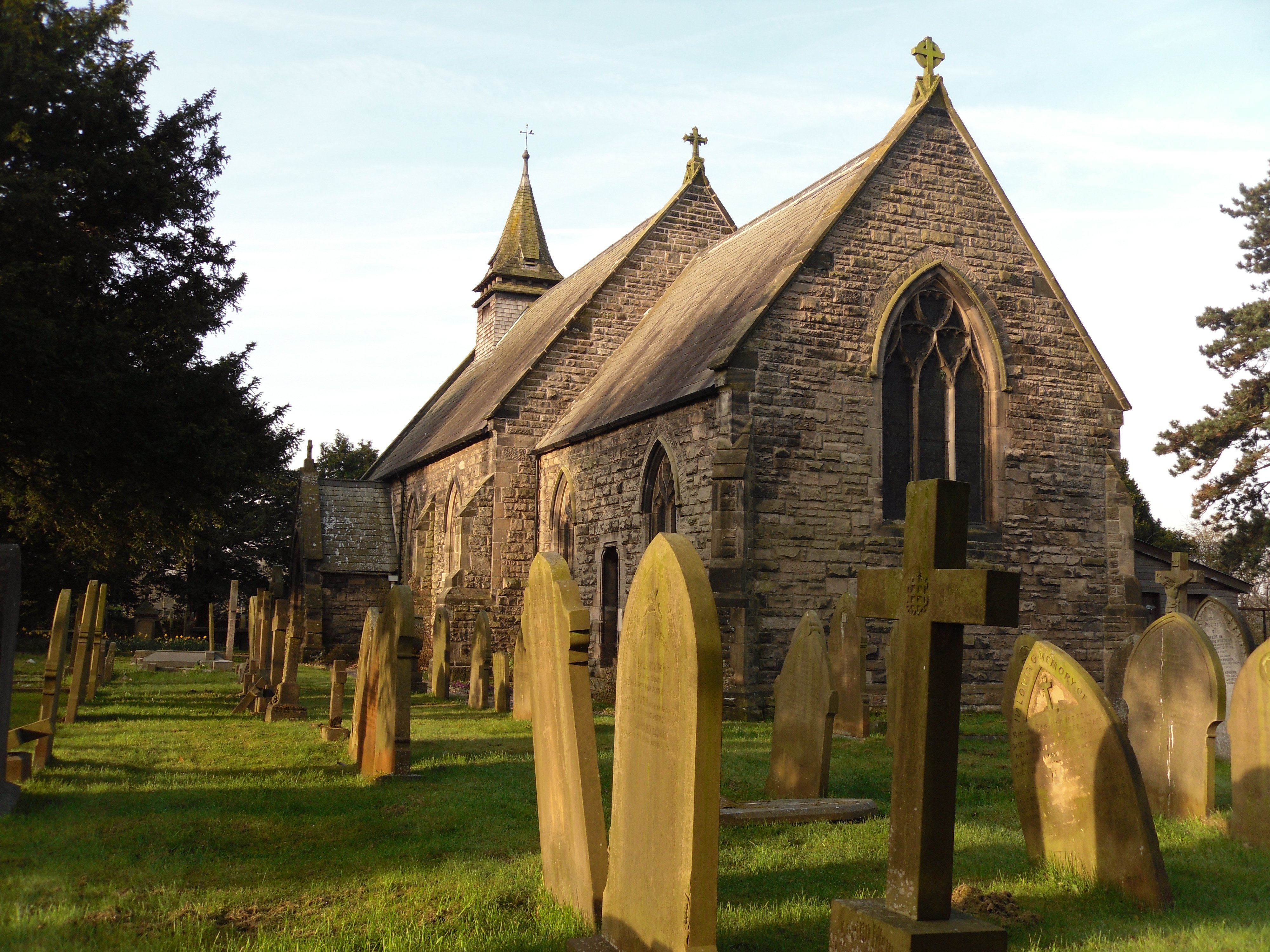Two central streams run throughout the Bible in seemingly opposite directions. I do not say these are the only two streams, nor the only important streams. But they are central and unavoidable. The first I’ll call holiness; the second, inclusion. Ultimately, these two opposite-flowing streams run together in Christ and in his church. But it is not immediately clear how this works. Holiness means “set apart.” Inclusion means “bringing in.”
Login to read more
Sign in or create a free account to access Subscriber-only content.
